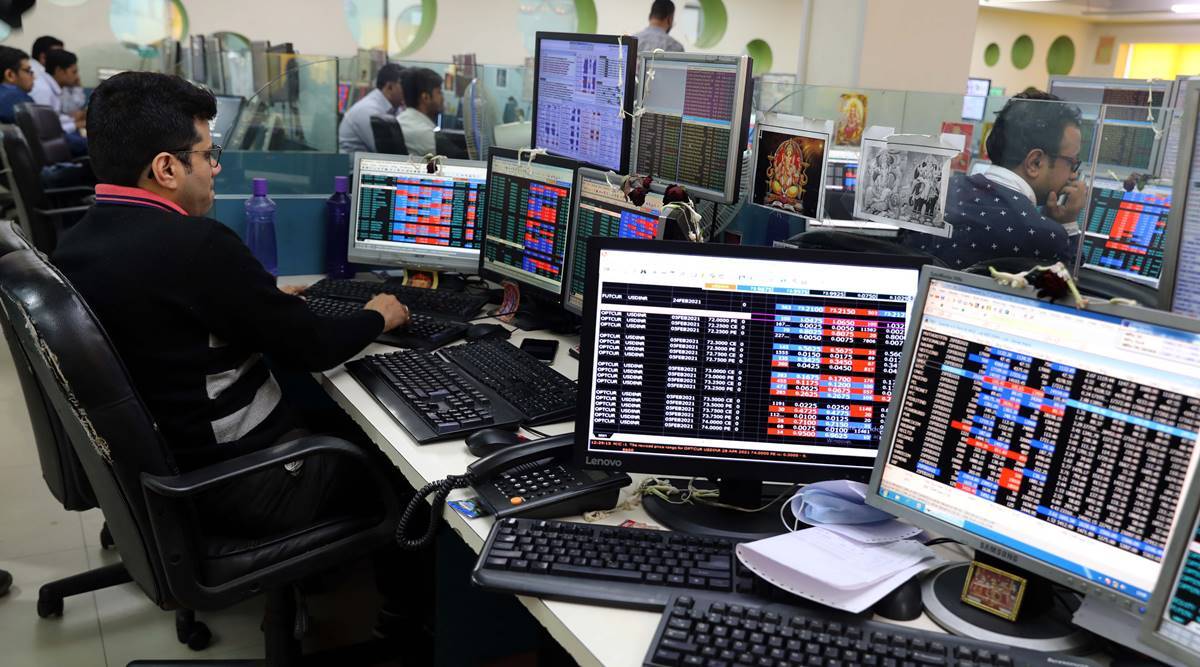Septic tank maintenance: the key steps to know
Do you want to know how you can maintain the septic system in your home? Well, the first step to understanding septic tank maintenance is understanding how it works. Each time you flush the toilet or drain water in the kitchen sink, it goes into the septic tank. The septic tank holds the solid waste and the bacteria in it breakdown the waste. Waste water flows out to the drain field. Drain field is a network or series of pipes which is buried under the yard.
Proper septic tank maintenance is essential to keep the septic system functional. A complete replacement of the septic system can cost anywhere between USD 3000 to USD 7000. Isn’t this a big sum of money? Looking at this figure, you must have understood the criticality ofmaintenance. Regular septic tank maintenancehelps you prevent big expenses on replacement of the septic system and keep environment around you safe and healthy.
Four steps of septic tank maintenance
The below steps will guide you on septic tank maintenance and equip you with knowledge to keep your septic system up and running.
- Pumping responsibly: Regular pumping prevents accumulation of solid waste in the tank and hence every household with a septic tank must follow a regular service schedule. The frequency of pumping needed varies for every house and you must consult your technician to know the right frequency for you.
- Water jetting at high pressure: With use, solid wastes get accumulated in the drain pipes. These clog the pipes and high-pressure water jetting eliminates the debris and keeps the system operating efficiently.
- Use a bacteria additive: Use an additive of live organic bacteria which can breakdown an unnatural substance like soap and detergent. These substances kill the natural bacteria which are responsible for breakdown of solid waste.
- Use an effluent filter: Effluent filter prevents solids and debris from entering the drain field. This must be cleaned during every service as part of septic tank maintenance. If you have an older system that does not have a filter you must get one installed.
Some Dos and Don’ts for septic tank maintenance
Some Dos:
- Perform regular septic tank maintenance: Have a professional inspect your system every year and get it pumped every three to five years.
- Maintain your drain field: Avoid planting trees over the drain field, so that the roots don’t grow and bump into the septic system.
- Limit the stuff you dispose: To avoid clogging of the system, try to not put coffee ground, cooking oil, etc. in the drain. Instead dispose them in the trash.
- Save inspection records: You must save all inspection reports and the records of maintenance. Make sure you get a detailed report from your service provider after every inspection.
Some Don’ts:
- Don’t hire an inexperienced professional: You must hire a technician with relevant skills and experience. A professional who is not qualified can do more harm than good to your septic tank maintenance regime.
- Don’t pour chemicals in the drain: Chemicals can damage your septic system; hence you must avoid pouring them into the drains.
- Do not use the toilet flush to flush down items: Except toilet paper, any other item that you flush will not get broken down in your septic tank and hence will cause blockage.
- Keep rainwater drainage away from the drain field: Excess rainwater can lead to accumulation of water near the drain field, which in turn slows down the operation of the septic tank.
Keeping this simple dos and don’ts in mind will help you maintain your septic tank and keep it functioning at full efficiency.










